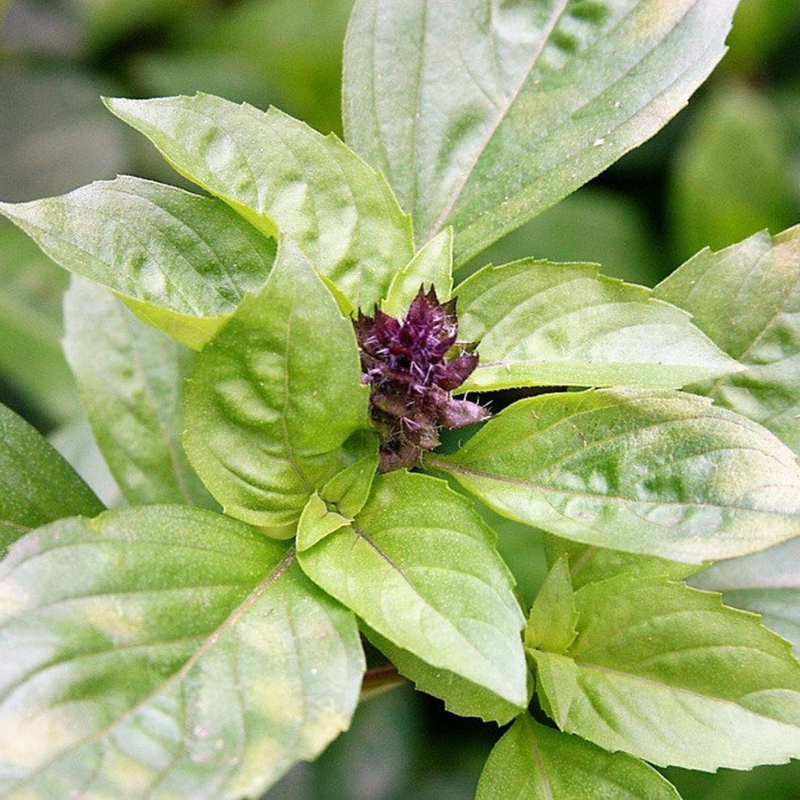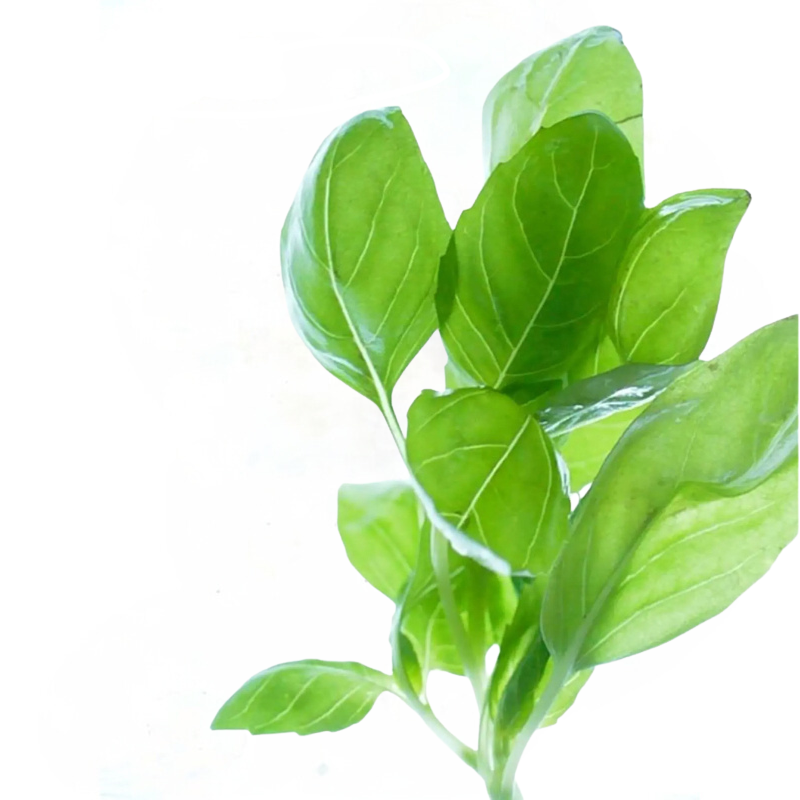- Historical context: Licorice Basil, also known as 'Anise Basil' or 'Persian Basil,' is a variety of basil that has a distinct licorice or anise flavor. It is a member of the Lamiaceae family, which includes other aromatic herbs like mint and rosemary.
- Geographical origination: Licorice Basil is believed to have originated in Iran and other parts of the Middle East. It has been cultivated for centuries in these regions for its unique flavor and medicinal properties.
- Relevant cultural significance: In Middle Eastern and Mediterranean cuisines, Licorice Basil is often used to flavor dishes and beverages. It is also used in traditional medicine practices in these regions.
- Time period of discovery: The exact time period of discovery is not well-documented, but basil varieties have been cultivated for thousands of years, with references dating back to ancient civilizations.
- Original habitat: Licorice Basil thrives in warm, sunny climates and is typically found in regions with Mediterranean climates.
- Notable historical uses: Historically, Licorice Basil has been used for its aromatic properties in cooking and for its medicinal benefits, such as aiding digestion and treating respiratory issues.
- Ideal temperature range: 70-90°F (21-32°C)
- Soil type: Well-drained, fertile soil with a pH of 6.0-7.5
- Sunlight requirements: Full sun (at least 6-8 hours of direct sunlight per day)
- Watering needs: Moderate watering; keep the soil consistently moist but not waterlogged
- Planting season: Spring, after the last frost
- Germination time: 7-14 days
- Growth cycle duration: Annual; matures in about 60-90 days
- Common pests and diseases: Aphids, whiteflies, and downy mildew
- Companion planting advice: Good companions include tomatoes, peppers, and oregano. Avoid planting near rue and sage.
- Common challenges and solutions: Overwatering can lead to root rot; ensure proper drainage. Pests can be managed with neem oil or insecticidal soap.
- Nutritional values: Rich in vitamins A, C, and K, as well as essential minerals like calcium, iron, and magnesium
- Health benefits: Anti-inflammatory and antioxidant properties; aids in digestion and respiratory health
- Culinary uses: Used in salads, soups, sauces, and as a garnish. Its unique licorice flavor pairs well with both sweet and savory dishes.
- Medicinal uses: Traditionally used to treat digestive issues, respiratory problems, and as a natural remedy for stress and anxiety
- Other unique advantages: Attracts beneficial insects like bees and butterflies, making it a great addition to pollinator gardens






